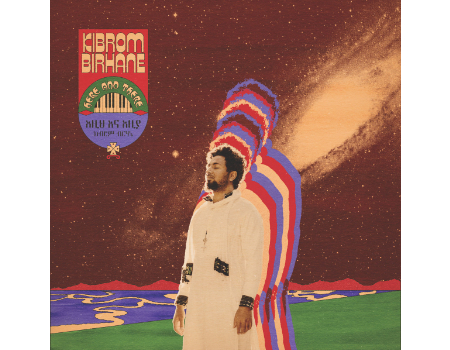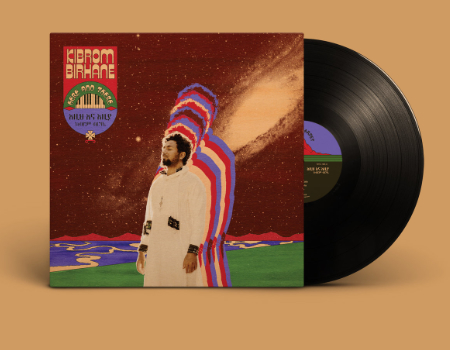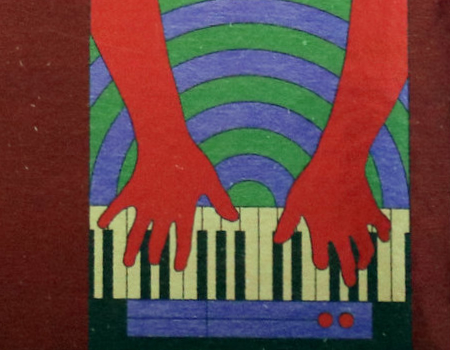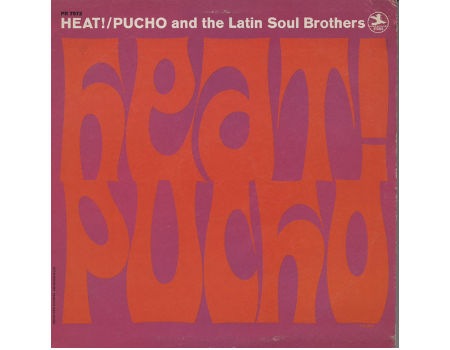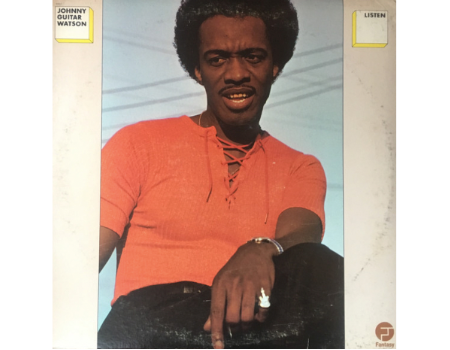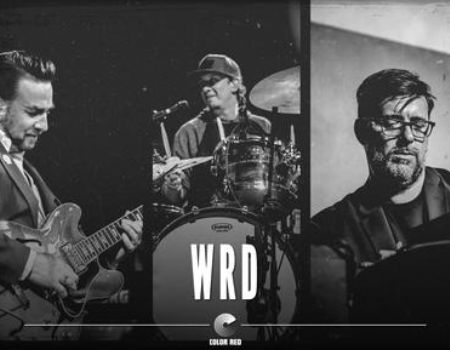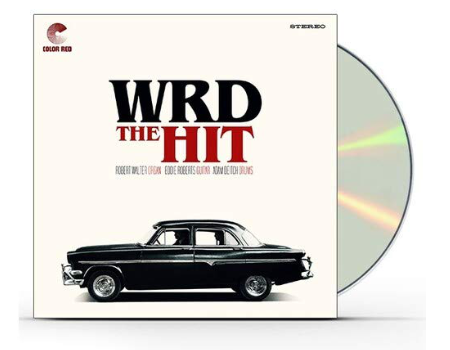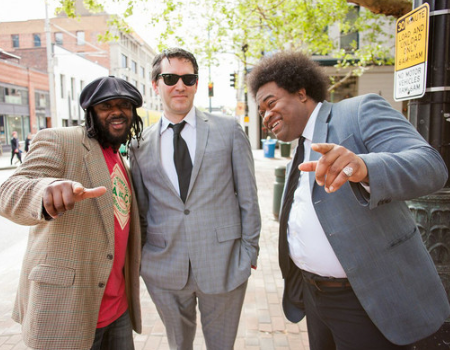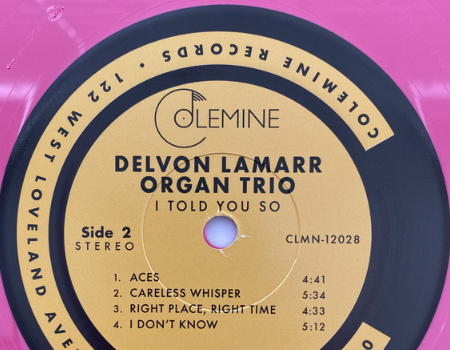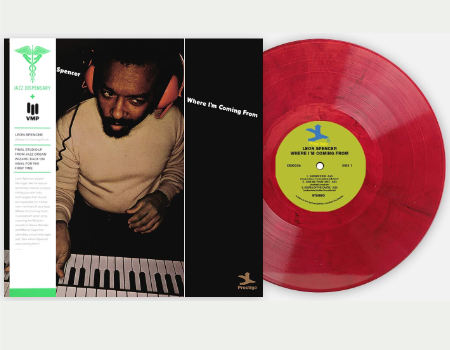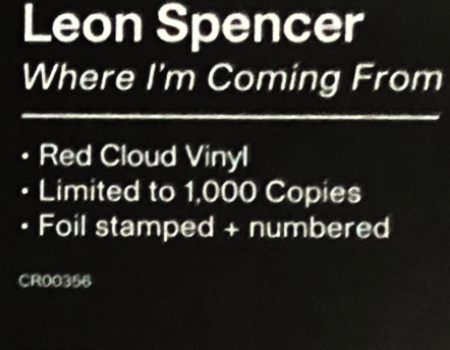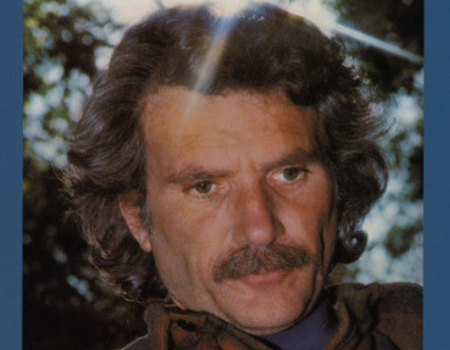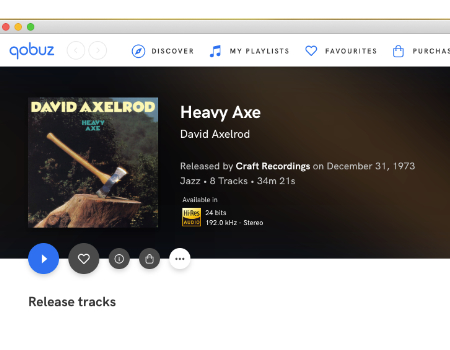Imagine a new music that successfully fused fascinating sounds from Ethiopia with jazz, rock, soul, funk as well as ambient music. Now imagine a music like this that wasn’t a mess arrangements wise and yet that wasn’t blandly over-worked or sterile either. Imagine the music that you can enjoy multiple ways, both as a forward-focused primary listen at full tilt or at low volume in the background. If you satisfied all those requirements you might be listening to the new album by Kibrom Birhane called Here And There.
I first caught wind of this artist from a friend who had purchased Here And There after hearing it in a record store and posting about it on his Facebook feed. About a week later I happened to be in a different store that was playing that very same album and at that moment when I realized what it was, I got a bit excited.
Why did I get excited?
Well, historically I have discovered some of my favorite music in record stores. Not on the radio. Not from a YouTube link somebody sent me. Not from hearing it in a commercial or a Tik Tok video. I got the music just from hearing it played in the utmost of sympathetic environments for new music discovery.
This is how I first discovered artists like Elvis Costello, The Good Rats, The Cure, The Smiths, Solomon Burke, Betty Lavette, Squeeze, Rockpile, Built To Spill and many others…
So whenever I’m in a store and something new comes on the sound system which resonates, I get a little extra buzzed that perhaps – just perhaps — this new music will become another favorite for the long-haul…
I don’t know much about Kibrom Birhane but this is his third album. Here And There is effectively an independent release but don’t let that sway you: this album is produced to a very high standard, presented in a high-quality, vintage style, thick cardboard gatefold jacket — it is a two LP set — with high-quality graphics. The standard weight vinyl is dark black, well centered and quiet. You don’t always get this kind of experience from an “indie” release.
From Mr. Birhane’s Bandcamp page we learn more about his musical background and the intent of the recording:
“Here And There not only delivers the ancient traditional and deep jazz roots of Kibrom’s native Ethiopia, but also lifts the listener to a new and unique musical space informed by his work as member of L.A. based Ethio-Cali; an ensemble that boasts such illustrious musicians as Kamasi Washington, Dexter Story, Mark De-Clive Lowe and Todd Simon. In this album, Kibrom has woven Ethiopian Jazz, East-African Funk, Spiritual and Soul Jazz with Psychedelic threads into a rich tapestry of musical colors.”
So… how would I try to explain this music in words?
Well, lets take a short trip in the “way-back machine” to 2018 when I was introduced to the music of a tremendous “Ethio-Jazz” artist from here in the San Francisco Bay Area: Meklit Hadero. I have seen her perform live three times since and reviewed her then-new album here on Audiophile Review (click here) which is produced by Dan Wilson (of the band Semisonic).
In that review I tried to describe her music:
“I’ll put it this way, if you were a DJ, Meklit’s music would fit in beautifully in a mix alongside tracks from some of Joni Mitchell’s mid-70s ventures into world rhythms (The Hissing of Summer Lawns, Don Juan’s Restless Daughter) as well as recordings by King Sunny Ade and perhaps some of Pat Metheny’s ventures into world rhythms. You could also pepper your DJ set of Meklit music with selections from Paul Simon’s Graceland and Talking Heads’ Remain in Light and Meklit’s music would stand out amongst that heady crowd. Toss in some jams this side of Herbie Hancock’s Headhunters era for good measure.”
Now, take Meklit out of that equation and stretch the music out a bit in a jamming sense and you’ll have some idea what Kibrom Birhane’s Here And There sounds like!
You can stream Kibrom Birhane’s Here And There in CD quality on Tidal, Qobuz and Apple Music (click the service names to jump to the album there). He is also on Bandcamp where you can also find the vinyl (click here) in addition to Amazon (click the album title anywhere in this review to jump there).
Some of my favorite tracks so far include the groovy album opener “Merkato” (which probably reminds me most of Meklit’s music actually) and “Enate” which has a badass distorted guitar lead riff that would not be out of place in the ‘80s era of King Crimson.
Yet, its not all danceable grooves here, so a track like “Ethiopia” slows down the pace to where I could imagine a lyric from Dan Penn and a lead vocal from Bettye LaVette floated on top of it (complete with a Hammond B3-type organ swell on the chorus), as a sort of modern twist on the classic Muscle Shoals soul sound
Oh, and did I mention that the harmonized horn arrangements (trumpet, sax, etc.) here remind me of no less than some of Frank Zappa’s “big band” recordings from around 1972 (Wakajawaka and The Grand Wazoo)?
“Tinish Tinish” mixes things up adding in an eerie Vocorder-like “talk box” vocal line into the mix which — along with the Farfisa-esque organ stabs — sounds like music for a tense hunt scene through a smokey club from a imaginary detective mystery TV series.
And, come on… admit you just love saying the words: “Tinish Tinish.”
I’m not exactly sure what “Tinish” means but the Urban Dictionary calls it “Braveness, lovely, something related to a branch of tree,” which feels like a nice way to describe this music.
Give Kibrom Birhane’s Here And There a spin. It might well become a fertile branch on your 2022 musical tree.

